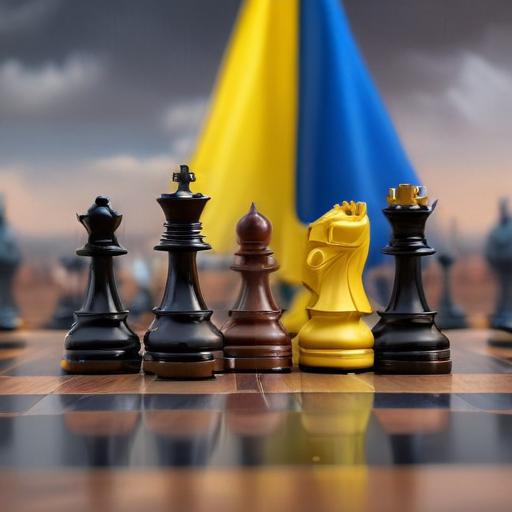Kyiv, Ukraine – In a recent statement, Russian President Vladimir Putin emphasized what he perceives as “the root causes of the conflict” in Ukraine, reiterating a narrative that positions NATO expansion as a key factor in the war. This remark comes amidst escalating demands for a 30-day unconditional ceasefire, as Putin seemingly remains unfazed by international pressure.
Prior to Putin’s commentary, U.S. Vice President JD Vance characterized the situation by saying, “It is not our war,” suggesting that the United States may withdraw its involvement unless Russia makes genuine strides toward a peace agreement—something analysts say aligns with Russia’s interests. This sentiment reflects a shift in U.S. priorities and an inclination towards reduced involvement in the conflict, which could play into Russia’s hands.
Former President Donald Trump also engaged in a two-hour conversation with Putin, after which he implied that direct talks between Russia and Ukraine were necessary, passing the responsibility of mediating to external entities like the Vatican. This indicates a significant pivot from Trump’s earlier ambitions to directly negotiate peace.
Over the last several years, Russia has maintained that it is in a confrontation not only with Ukraine but also with NATO and the United States. The strategic outlook for Russia hinges on presenting the conflict as vital for national security, complicating Western efforts to influence the situation through sanctions or diplomatic negotiations.
While the United States could escalate sanctions against Russia, this might sour relations with critical partners like India and China, which rely on Russian energy. Conversely, easing sanctions to gain concessions from Russia risks alienating European allies, who are deeply concerned about security in the region. The challenge remains that significant changes in Russian objectives can only occur if NATO presents a unified front.
Looking ahead, the prospects for Ukraine and Europe remain grim, with persistent worries about the war’s ongoing toll. European policy prioritizes a united NATO response to exert pressure on Russia, reinforcing the notion that success or failure in this conflict could hinge on economic and military resolve.
Ultimately, Trump’s approach reflects a desire for a shift in American foreign policy, favoring less direct involvement and smaller deals. However, this calculation clashes with the legacy of a U.S. strategy that emphasizes strong leadership and a commitment to traditional allies. With the possibility of leaving key negotiations to the Vatican, the future of peace in Ukraine remains uncertain, and the implications of this strategic withdrawal could reverberate across the globe.
The importance of maintaining a united front among NATO allies cannot be overstated, as the situation continues to evolve. The hope is that through collective resolve and external diplomatic efforts, pathways to peace can emerge, offering a brighter future for Ukraine and its neighbors.
